muriatic acid and porcelain?
Featured Answer
Comments (22)
tjdabomb
11 years agoGreenDesigns
11 years agoRelated Professionals
Rancho Palos Verdes Kitchen & Bathroom Remodelers · Spokane Kitchen & Bathroom Remodelers · Galena Park General Contractors · Claremont General Contractors · Endicott General Contractors · Mashpee General Contractors · Palestine General Contractors · Reisterstown General Contractors · San Elizario General Contractors · Bridgewater Painters · Cumberland Painters · Glassboro Painters · Eastvale Painters · Gardena Painters · Poinciana Paintersbrickeyee
11 years agowoodbutcher_ca
11 years agobrickeyee
11 years agobrickeyee
11 years agobrickeyee
11 years agojanicedallas
11 years agoionized_gw
11 years agojellytoast
9 years agosmnetworks
8 years agoThyrza Segal
7 years agolast modified: 7 years agoKyle Lafleur
5 years ago
Related Stories
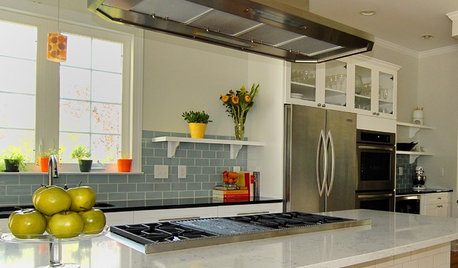
KITCHEN DESIGNGet Quartz and Porcelain Surfaces Super Clean
These cleaning tips for quartz, travertine, porcelain and engineered stone will help keep your countertops and sinks looking spotless
Full Story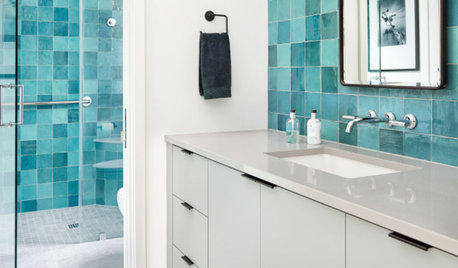
TILEPorcelain vs. Ceramic Tile: A Five-Scenario Showdown
Explore where and why one of these popular tile choices makes more sense than the other
Full Story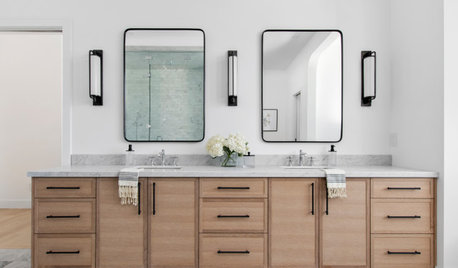
HOUSEKEEPINGHow to Clean Marble Countertops and Tile
Acidic solutions can damage your marble surfaces. Here’s how to keep marble looking clean and amazing
Full Story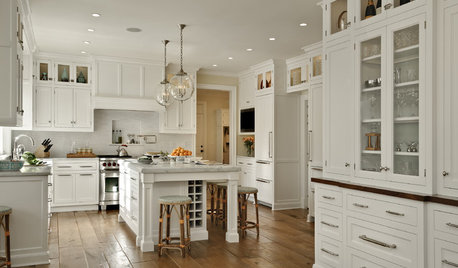
KITCHEN DESIGNDream Spaces: 12 Beautiful White Kitchens
Snowy cabinets and walls speak to a certain elegance, while marble counters whisper of luxury
Full Story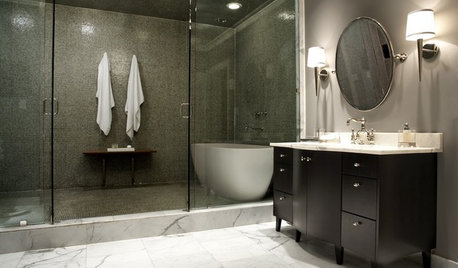
KITCHEN DESIGNUsing White Marble: Hot Debate Over a Classic Beauty
Do you love perfection or patina? Here's how to see if marble's right for you
Full Story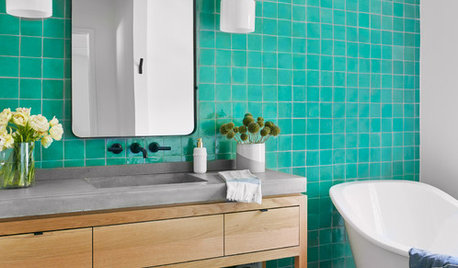
BATHROOM DESIGNBathroom Countertops 101: The Top Surface Materials
Explore the pros and cons of 7 popular bathroom countertop materials
Full Story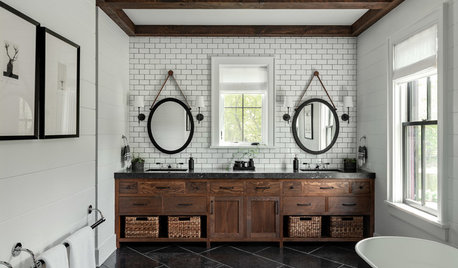
BATHROOM DESIGNBathroom Workbook: 7 Natural Stones With Enduring Beauty
Not everyone wants a marble bath. Bring organic warmth to counters, walls or floors with these hard-wearing alternatives
Full Story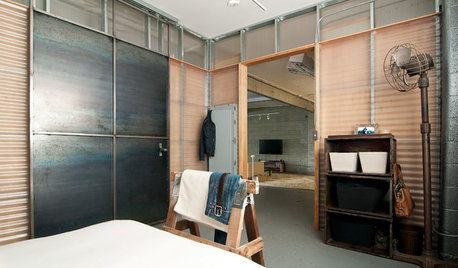
BUDGET DECORATING12 Ways to Get the Industrial Look for Less
Shop surplus, raid the hardware store and press black paint into service. Your budget will warm to these ideas for cool industrial style
Full Story
MOST POPULAR33 Magic Household Cleaning Tips
Houzzers from around the world share their tips for transforming housework into child’s play
Full Story
HOUSEKEEPINGHow to Clean Grout — Stains and All
If your grout is grossing you out, this deep-cleaning method will help it look new again
Full StoryMore Discussions








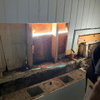
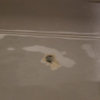
daninthedirt (USDA 9a, HZ9, CentTX, Sunset z30, Cfa)Original Author